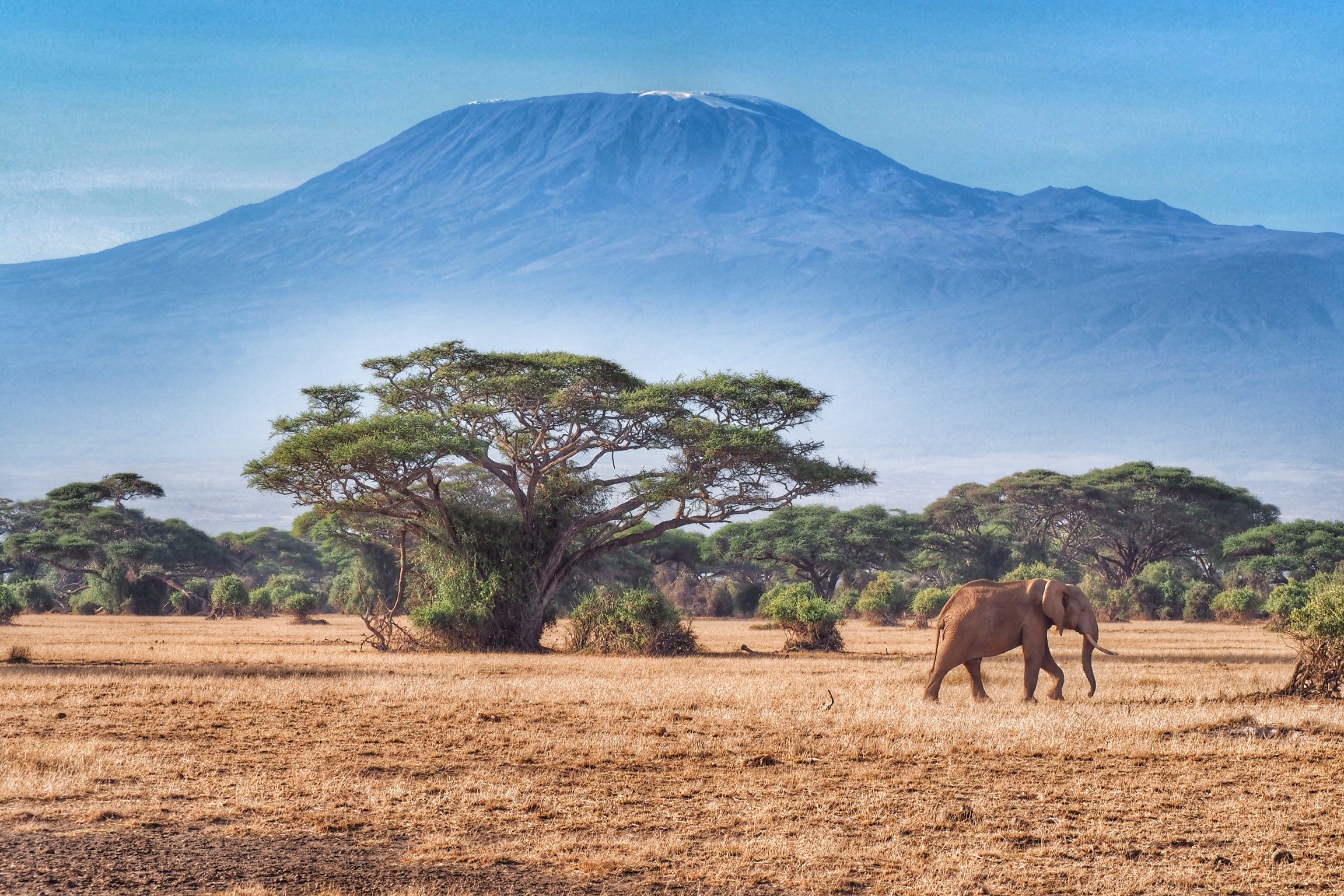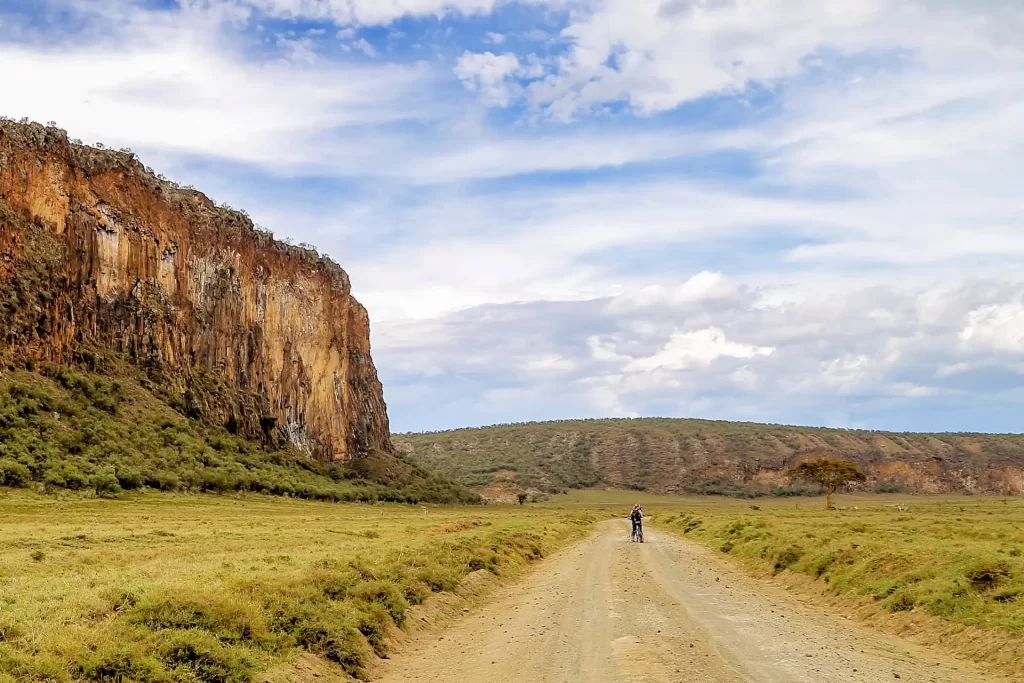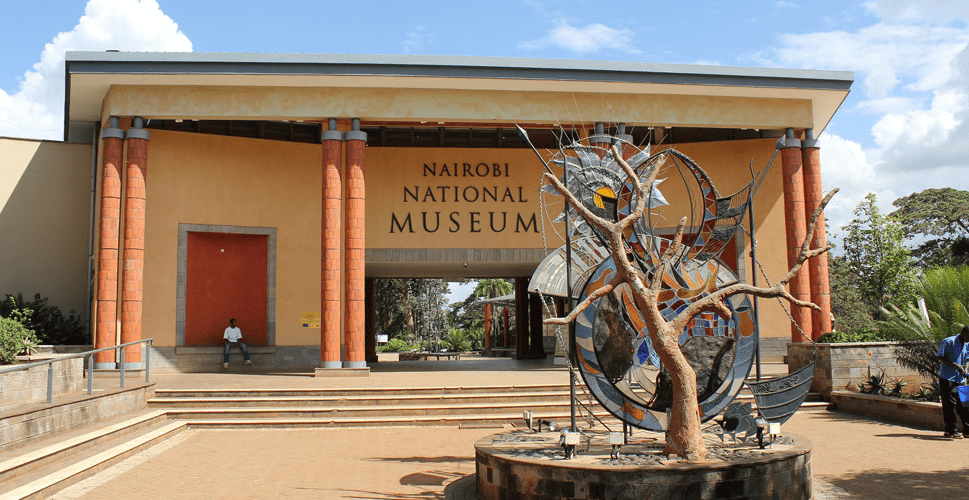
Queen Elizabeth national park
Queen Elizabeth National Park is Uganda’s most popular savannah reserve and has the widest variety of wildlife of any Ugandan park. The variety of habitats includes grassland savannah, forests, wetlands and lakes. This provides the setting for an extensive range of large mammals and primates. Four of the Big five are present and regularly seen. Rhino are absent.
Wildlife
Leopard sightings are common, and the Isasha sector is famous for its tree-climbing lion. Huge herds of buffalo and elephant are found in the savannah areas of the park. An amazing number of hippos inhabit the Kazinga channel on which daily boat trips are conducted. Chimps can be tracked, and several antelope and other primate species are present. Giraffe and zebra are absent.
Scenery
The park is set against a backdrop of the Ruwenzori Mountains. Additional scenic points are Kazinga Channel between Lake Edward and Lake George and at least 10 crater lakes. The most accessible part of the park is open savannah, but large forest areas are open to the public. These include the forested Kyambura Gorge and the extensive Maramagambo forest in the southeast.
Weather & Climate
Queen Elizabeth National Park’s nearness to the equator ensures uniformly warm temperatures throughout the year. Heavy rain that makes some roads impassable is a feature of the region’s two Wet seasons (March to May and August to December). Although there’s no official Dry season, the rainfall abates somewhat – though rarely entirely – from January to February and June to July.
Best Time to Visit
Although constant drizzle often characterizes the days of the Wet seasons (March to May and August to December), this is when the park’s environment is beautifully lush and you can greet migratory birds as they pass through. For chimpanzee tracking, though, visit when the park’s trails are more solid underfoot in the drier months.

Bwindi Impenetrable National Park
Bwindi Impenetrable NP is a UNESCO world heritage site and it is the best place in Uganda to track mountain gorillas. The park protects half the world’s population and has several habituated groups. The forest is also a bird-watcher’s paradise with 350 species recorded, including many Albertine Rift endemics.

take a tour
Wildlife: Aside from the endangered mountain gorillas, nine other primate species are found in the forest. These include chimpanzee, olive baboon, black-and-white colobus and l'Hoest monkey. Elephant are present but seldom seen. Bushbuck and several types of forest duiker can sometimes be spotted. The park has a very impressive bird and butterfly checklist. Scenery: Bwindi is a pristine rainforest on the edge of the Albertine Rift Valley. The terrain is a string of ridges and valleys covered in very dense, impenetrable forest. Bwindi has one of the most diverse species of flora in East Africa and it is harbors ten tree species, which don’t occur anywhere else in the country.
take a tour
Weather & Climate: The rain rarely lets up at Bwindi, with the heaviest falls occurring from March to May and September to November. Pack plenty of wet-weather gear to combat the drizzle. The forest’s mild climate is easier to enjoy in the drier months (June to August and December to February). Best Time to Visit: Tracking gorillas is best when Bwindi’s trails are not so sodden and the sunshine is greater (June to August and December to February). Slippery trails and unrelenting mist make wildlife watching more challenging during the wetter months of the year, although migratory birds do appear at such times.
Murchison Falls National Park
Murchison Falls NP, part of the greater Murchison Falls Conservation Area (MFCA), offers excellent wildlife viewing. The MFCA includes Kaniyo Pabidi, which is a great place for chimpanzee tracking. Most big safari animals are easily seen, including four of the Big Five. The Victoria Nile bisects the park. At Murchison Falls, the Nile is channeled through a narrow cleft in the Rift Valley escarpment. Boat trips to the spectacular Murchison Falls, perhaps the most impressive waterfall in East Africa, are a highlight – especially if you hike to the top where the immense power of the Falls is best appreciated.
Wildlife
Four of the Big Five can be seen, but rhino are absent. Huge herds of elephant and buffalo are common, and lion are easily spotted. Antelope include Jackson’s hartebeest, waterbuck and Uganda kob. Large herds of giraffe are a specialty. Similar is the case of the localized patas monkey. Chimpanzee and several other primates can be tracked in Budongo forest in the south of the greater Murchison Falls Conservation Area.
Scenery
The park is bisected by the very scenic Victoria Nile. A boat trip takes you to the base of the Murchison Falls where you can see the Nile squeezing through a narrow gorge before dropping down into the ‘Devil’s Cauldron’. North of the river is a savannah habitat dominated by grassland dotted with borassus palms. South of the river, the habitat changes to woodland with forest patches.
Weather & Climate
Murchison Falls has a consistently hot climate, the minimal variation in temperature due to the park’s equatorial setting. It does, however, get noticeably hotter during the relatively brief Dry season (December to February). Light rain is the order of the day in the Wet season (March to November), with the occasional tempest blowing through. Temperatures are also affected by the wide variation in altitude across the park.
Best Time to Visit
Wildlife spotting is easiest in the Dry season (December to February), when animals congregate at waterholes and there’s little undergrowth for them to hide in. But bring a broad-brim hat and plenty of sunscreen to ward off the fierce sunshine. Most visitors tend to go in search of lions, elephants and other animals from June to September, when it’s cooler and the rain isn’t that bothersome.

- © 2023. All Rights Reserved.






